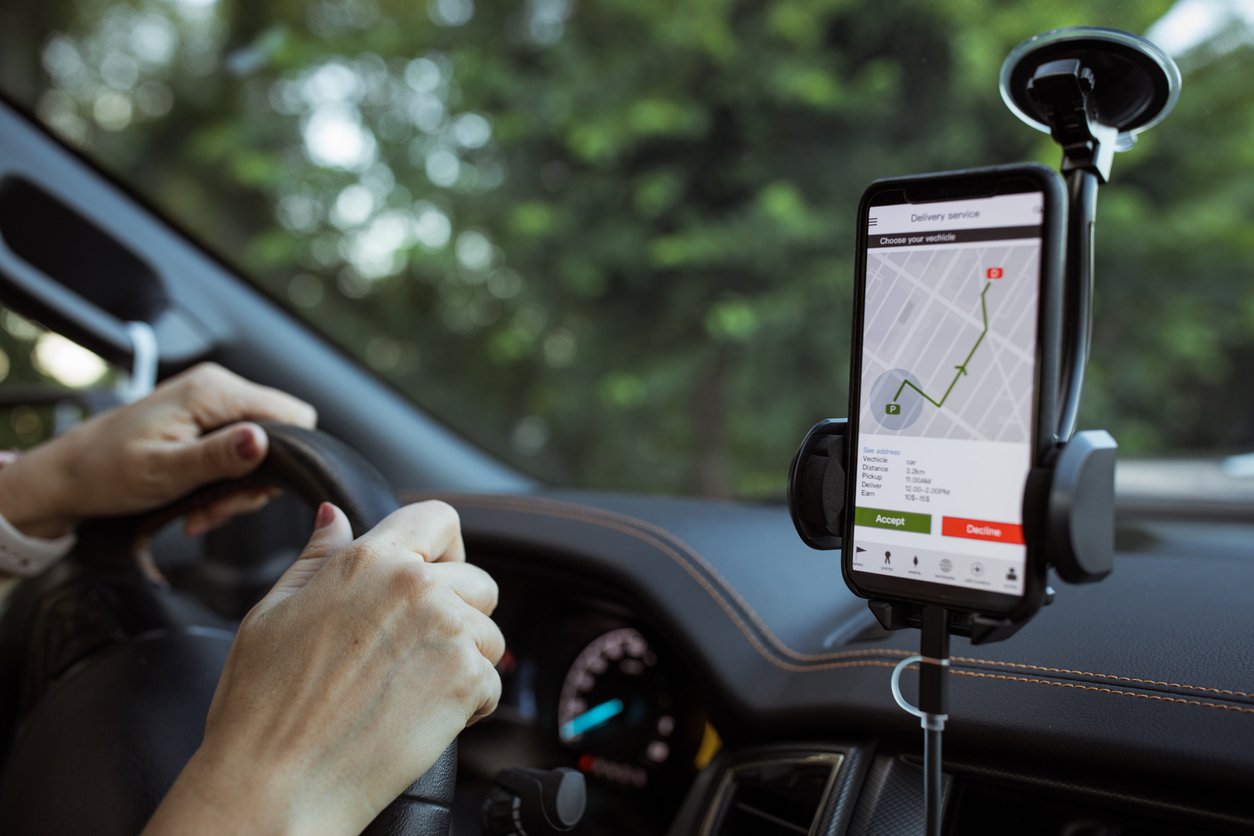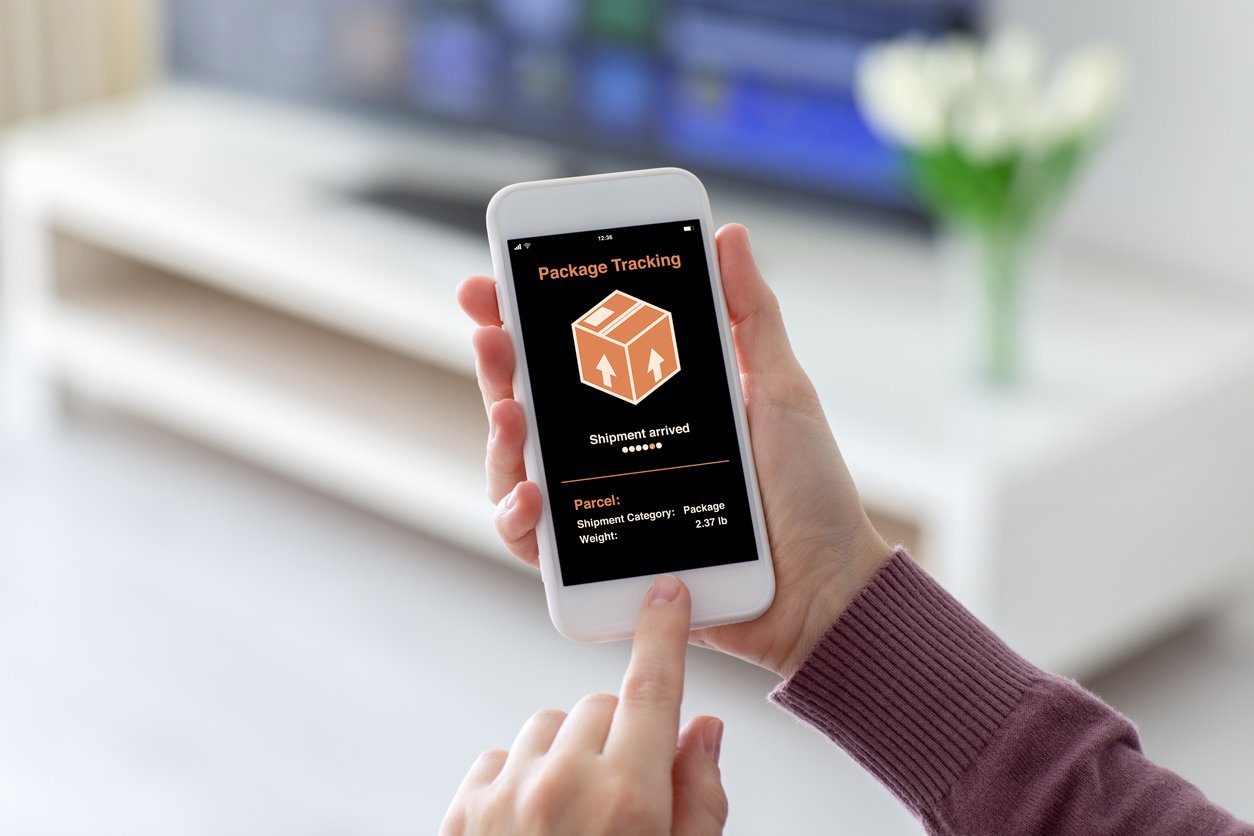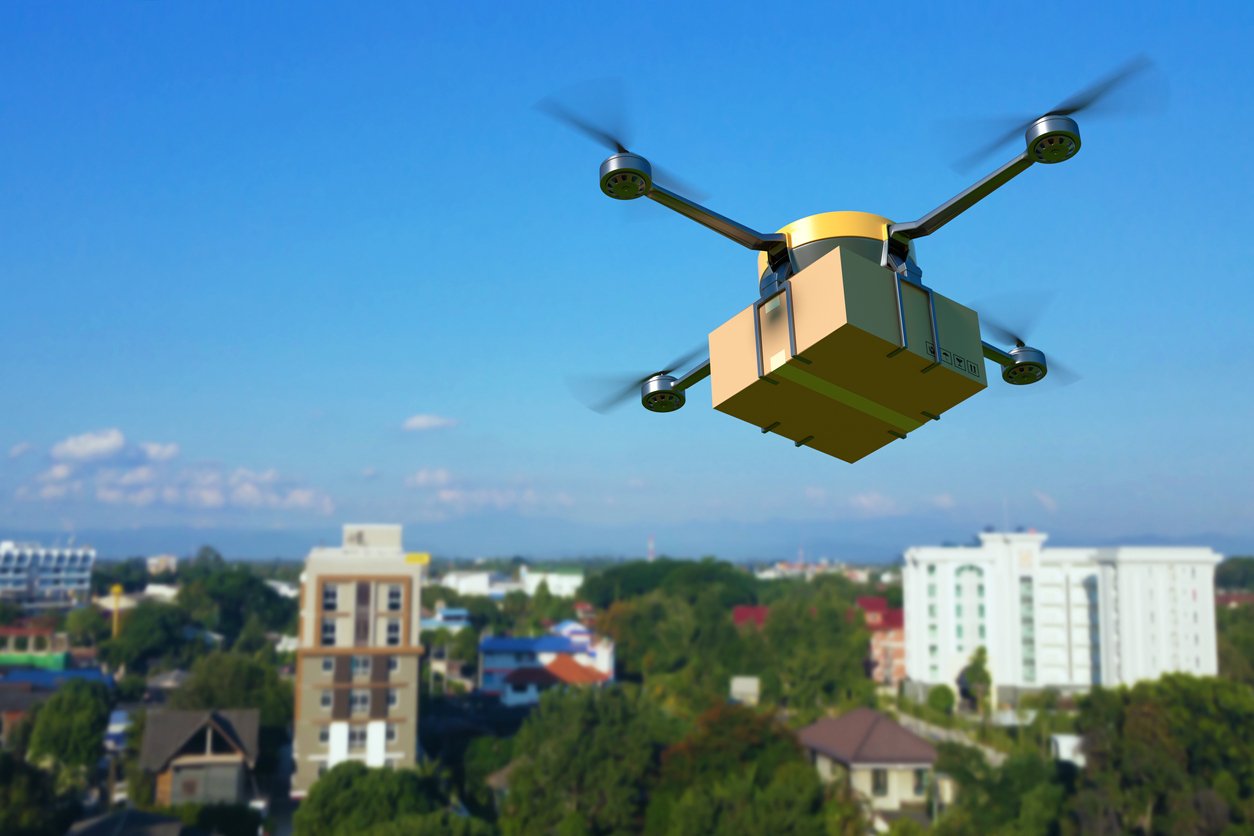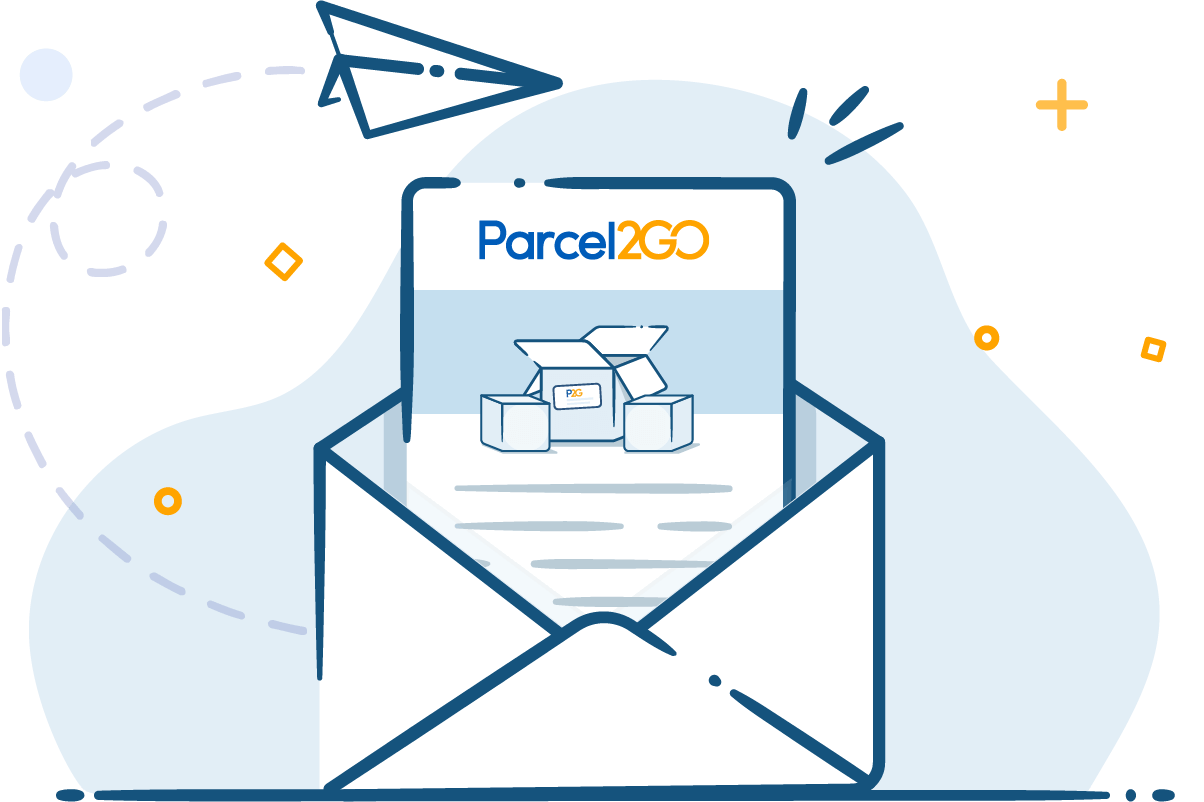With online purchases increasing every year, it has become the norm for customers to want to know where their goods are more and more. With more emphasis now on the ‘last-mile’ of the delivery process, customers now want their purchases to be pinpointed on a map. This has been at the core of online sellers as they want the security of knowing their goods have arrived safely to their buyers.
Courier services have come a long way from merely just stating that a parcel has been posted. Technology has evolved further for parcel delivery and more importantly, parcel tracking. The investment in some delivery providers in customer tracking apps is paying off, as 37% of the online shoppers have tracked the whereabouts of their goods, often down to the last 15 minutes before delivery.
Customers want a pleasant experience when shopping online and that involves their parcel delivery arriving on time. With new technology emerging, will this increase efficiency? Are we likely to see faster delivery times? With technology constantly advancing, how has it already improved for parcel delivery?

Technology Improvements for Parcel Delivery
Communication
In the past, customers have complained about the whereabouts of their parcel delivery. However, communications with customers have vastly improved, with a noticeable impact on the end-to-end customer journey. By being informed at every stage of the customer journey of the whereabouts of your parcel, customers become more settled and satisfied with their overall shopping experience.
Today, in most cases customers are emailed immediately after their purchase and are then followed up with a delivery confirmation email, letting the customer know that the parcel has been dispatched. From then on, the courier has the responsibility to notify the customer at every stage of the delivery process and pinpoint on a map where the parcel is for the customer to follow.
Efficiency
With technology advancing so does efficiency.
The ability to specifically know where a parcel delivery has improved massively. Customers now have the ability to get their parcels even faster with online retailers offering a range of services to fit all requirements. That said, with customers having the ability to get their parcels even faster, they are able to get extensive parcel tracking. This is due to the logistics companies investing more time and money into the technology of parcel delivery.
For example, Amazon now offers a 2-hour delivery service to any address that you can track from start to finish. Want to learn more about Amazon Delivery & Shipping? Take a look at our Amazon Business Guide.
Experience
In some cases, when technology advances too quickly customers can become unfamiliar with it and soon lose hope. However, 58% of shoppers ranked the experience of their parcel tracking as “very good,” which has given more confidence to the sellers that tracking technologies are moving in the right direction.
In order for technology to keep advancing, sellers need to know what customers think of their experiences and this is where feedback plays a vital part. Feedback from customers gives sellers the opportunity to build and improve on their current strategies.
With customers being more exposed to various types of parcel tracking, they are able to pick which one works for them and which ones don’t. Customers are then able to alert these companies and help them improve their current strategies which again, helps them advance their technology for parcel delivery.
Mobile Apps
Mobile usability has shown great popularity in the last 5 years and continues to grow exponentially. These days, if you a large delivery company without a mobile app, you may struggle to engage with your customers in the near future. Mobile use has grown in the parcel delivery market due to the convenience and ease of having your account in your pocket.
Through an app, you are able to keep up to date with shipments and easily pass on any details to your customers. With an app, you can easily check and receive parcel quotes on the go.
Additionally, by using a mobile app, customers will be able to receive notifications of the location of your parcel from the start of delivery to when it's been delivered.

The Future of Parcel Tracking
E-commerce Changes
With the rise of e-commerce, consumer preferences are changing and have moved to be the centre of attention in what was previously a very busy-oriented parcel delivery market. The large e-commerce players now regard the last-mile is the key differentiator from their competitors.
The range of delivery options are added and the perceived quality of delivery service makes a huge impact when depicting the criteria for online customers. Hence, this is directly linked to their success in the market. Due to this success, everyone in the logistics supply chain is working as hard to provide customers with the best possible experience, especially when it comes to improving delivery times.
Automation
There have been many conversations about the future of parcel delivery tracking and one of the biggest topics has been autonomous vehicles. The biggest question has been if they take over current forms of parcel delivery, is this good?
If autonomous vehicles take over current forms of parcel delivery then this will be due to cost advantages, as companies can see a 40% reduction in cost over the last-mile delivery, especially in rural areas. However, it is more likely that automated delivery will be introduced in urban areas.
Another major debate is whether drones have the capability to actually deliver your parcels and whether the technology is there to track your parcel. Simply speaking, delivery drones are remote-controlled plane and helicopter-like vehicles that are capable of carrying food packages and water to books and DVDs with minimal human involvement.
While drones have existed for several years now, we have only been exposed to examples of businesses exploring their full potentials. As you’d expect, e-commerce giants Amazon have shown great capability in pioneering their ‘Prime Air’ service- a service that delivers online orders to everyday shoppers.
So, what are the benefits of Prime Air?
Prime Air hasn’t launched yet due to the government's green lights. Amazon says that the drones will eventually be able to deliver packages within half an hour of being ordered, with the savings being passed on to the customers. The drones are also environmentally friendly as they are powered by electricity.
Downfalls
As with everything, there needs to be an acceptance of new technologies. There have already been many changes in regards to driver support systems and more advanced parcel tracking systems. It seems unlikely that the public will object outright to autonomous vehicles due to the previous improvements in parcel delivery.
However, drones have become a completely different argument as they fly above people’s heads, which is a question of safety. There are obvious obstacles for drones and in order for a drone to launch, it needs regulatory approval as commercial drones need to overcome a lot of red-tape.
Drones weigh only 2.3kg or less, meaning if you need to transport anything heavier you will have to revert back to more conventional methods of parcel delivery. There is also the downfall that the drone could get lost or potentially intercepted when delivering a package.

Conclusion
It is clear that technology has vastly improved parcel delivery and especially the last-mile. With the increase of online shopping, customers are becoming more accustomed to having their parcels delivered quickly and on time, without any hassle. This is due to the huge improvements in parcel tracking, with customers having the ability to track their parcels down to the last 15 mins of the delivery process.
If parcel delivery continues to be as effective with delivering parcels on time and delivering a good experience to customers, customers are going to expect more from courier services in the future. Courier services may have to compete with Amazon’s 2-hour delivery service in the future to enable survival in the market.
In regards to new methods of technology taking over current forms of parcel delivery, automated delivery is imminent in some areas of the world, but there are still questions being asked. If brands like Amazon seek approval for their drones, we will be likely to see these helicopter-like planes flying over the public's heads in the near future.


.svg)

